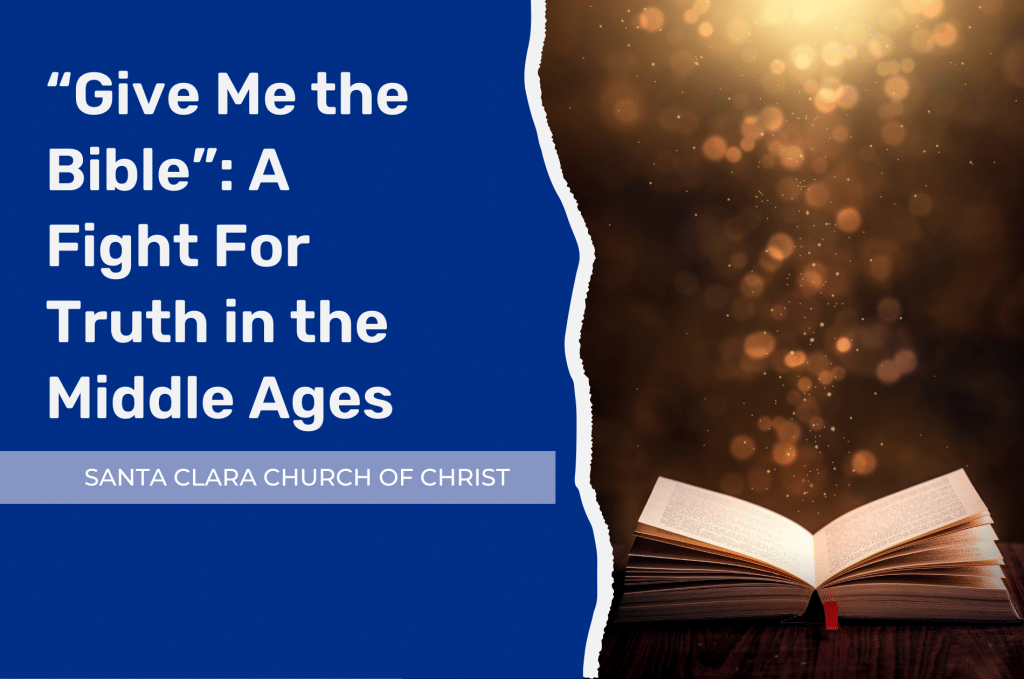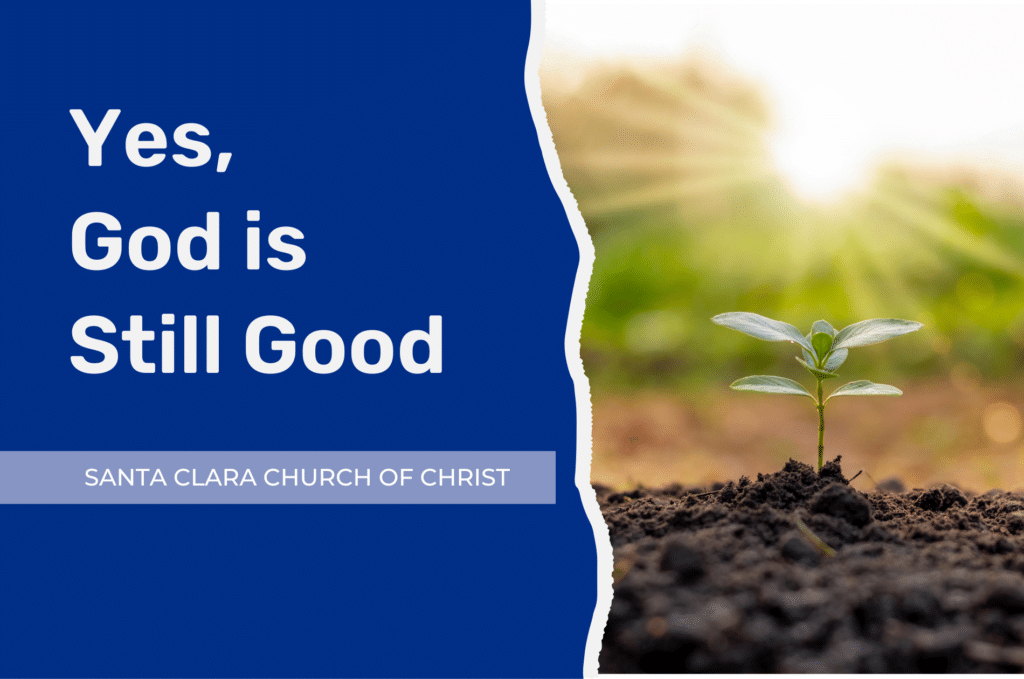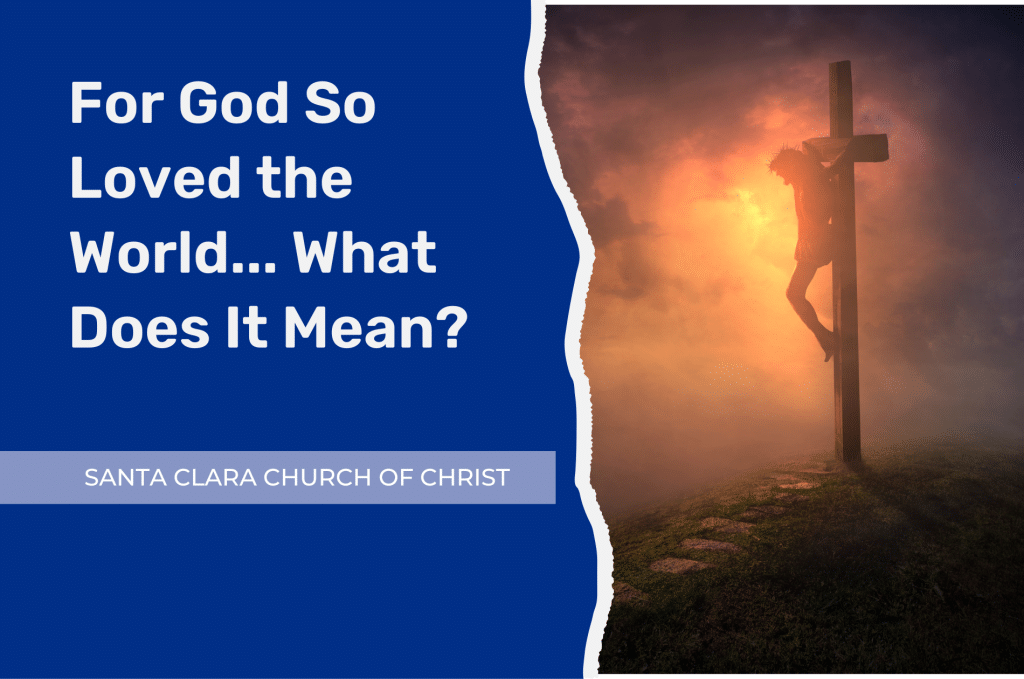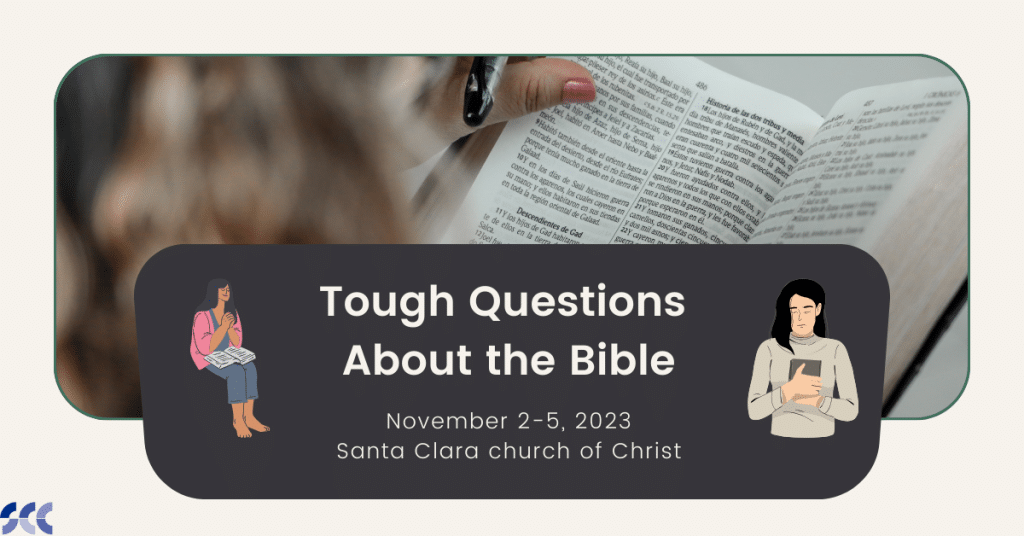The medieval period was truly the “Dark Ages” of Biblical literacy for the masses, in spite of Europe being a so-called “Christian” society. The Bible was copied, studied, and hidden in various monasteries, but the common people received a “filtered” version.
David Daniell summarizes the situation: “For the medieval Church, the Bible certainly had authority, but it was alongside the greater authority of the practices and traditions which had grown over the centuries [in Roman Catholicism]… In the teaching and preaching of the Church, the Bible, in Latin, was a sacred text from which verses, or illustrative incidents, could be extracted and used to underpin the common people’s proper attention to the liturgies. The whole Bible was not in the picture.” (The Bible in English, p. xix)
An opponent of John Wycliffe in the early 15th century complained that “the pearl of the gospel” that “Christ gave to the doctors and clergy of the Church” was being “scattered abroad and trodden underfoot by swine.” The common people had no need of the Bible, it was argued. After all, they had stained glass windows in the cathedrals, Biblical scenes painted on walls, and plays depicting scriptural stories.
Looking back on this period, we admire Romanesque and Gothic architecture, colorful manuscript art, the huge castles, knights in shining armor, and other vestiges of medieval society, but the repression of Biblical truth was a tragic reality.
The Catholic Church miscalculated its self-assumed caretaker role and played an evil bureaucratic power game. The tactic backfired. The reformers, on the other hand, tapped into an intense spiritual hunger at the grassroots level when they exposed the Church’s corruption and accused senior clergy of locking up the Scriptures from the common folks.
There would be no contagion of the fire that erupted all over Europe. People wanted to read the Bible as it was originally given – the Old Testament, the four Gospels, the Acts of the Apostles, the epistles, and the book of Revelation.
In the early 14th century, Bishop Fitzralph of Armagh would say, “I used to think that I had penetrated to the depths of Your Truth with the citizens of Your Heaven; until You, the Solid Truth, shone upon me in Your Scriptures, scattering the cloud of my error, and showing me how I was croaking in the marshes with the toads and frogs.”
When scholars associated with Wycliffe translated the scriptures from the Latin Vulgate into “middle English” in the 1380s, the manuscripts were painstakingly handwritten, as the printing press would not produce a Latin Vulgate until 1455 or a Tyndale New Testament until 1526. In spite of intense efforts to ban them, burn them, and burn those who read them, copies of the Wycliffe Bibles were abundant.
About 20 manuscripts survive of the whole Bible, and almost 90 of the entire New Testament – over 250 in all, including single books. This is a larger number of copies than for any other medieval English text.
Moreover, as David Daniell observes, these Wycliffe Bibles came “with obvious care, written on vellum to last,” and “generally free from additional matter.”
Moreover, they contained “nothing to identify the translator, the place of origin or date.” The silence is noteworthy. The focus would be on the sacred text.
Wycliffe launched a movement that could not be extinguished, and he is remembered as the “Morning Star” of the Reformation. However, the Catholic Church tried hard to destroy his work and discredit him.
Under the influence of Archbishop Arundel, a 1407 ruling forbad the translation of “any text of Holy Scripture into the English or other language, by way of book, pamphlet, or tract, and that no book, pamphlet or tract of this kind be read, either recently composed at the time of the said John Wycliffe, or since then, or that in future may be composed… under pain of the greater excommunication…”
To add insult to injury, Wycliffe’s body was exhumed 44 years after his death, his remains were burned, and the ashes were scattered over the river Swift.
There were persecutions and even Inquisitions intended to stamp out dissent, but they had the opposite effect. An Englishman of the time complained that “a man could not meet two people on the road, but one of them was a disciple of Wycliffe.” Wycliffe’s writings were banned and burned in England, but they caught on in Bohemia, where Jan Hus would launch a pre- Reformation, “back to the Bible” movement of his own.
Even in 15th century England, a group of people called “Lollards” (derogatory for “ranters”) took up Wycliffe’s cause. They thought of themselves as a network of “true Christians.” Their prevailing assumptions were reinforced by itinerant “poor preachers,” tracts, and portions of the Wycliffe Bible, covertly shared. Many attended the Catholic mass as well as their own illegal “conventicles” (assemblies). Their meetings, often late into the night, focused on memorizing Scripture in their native English.
In general, through a simple study of the Bible, many Lollards came to the following conclusions:
- Images were not to be worshiped
- Elaborate and costly church buildings were not holy
- God commanded no holy days or fast days but Sunday
- The Roman Catholic Church was rich and corrupt
- Confession to a priest was a human invention
- Holy bread and water are unauthorized
- The pope was the antichrist
- Christians should not pray for the dead
- Infant baptism is foreign to scripture
- Musical instruments should not be used in the musical praise of the church
Access to the Bible changed the equation forever. For a time, the Roman Catholic authorities would suppress dissent, but they were simply coiling a spring so tight that it erupted with explosive force in the 16th century.



